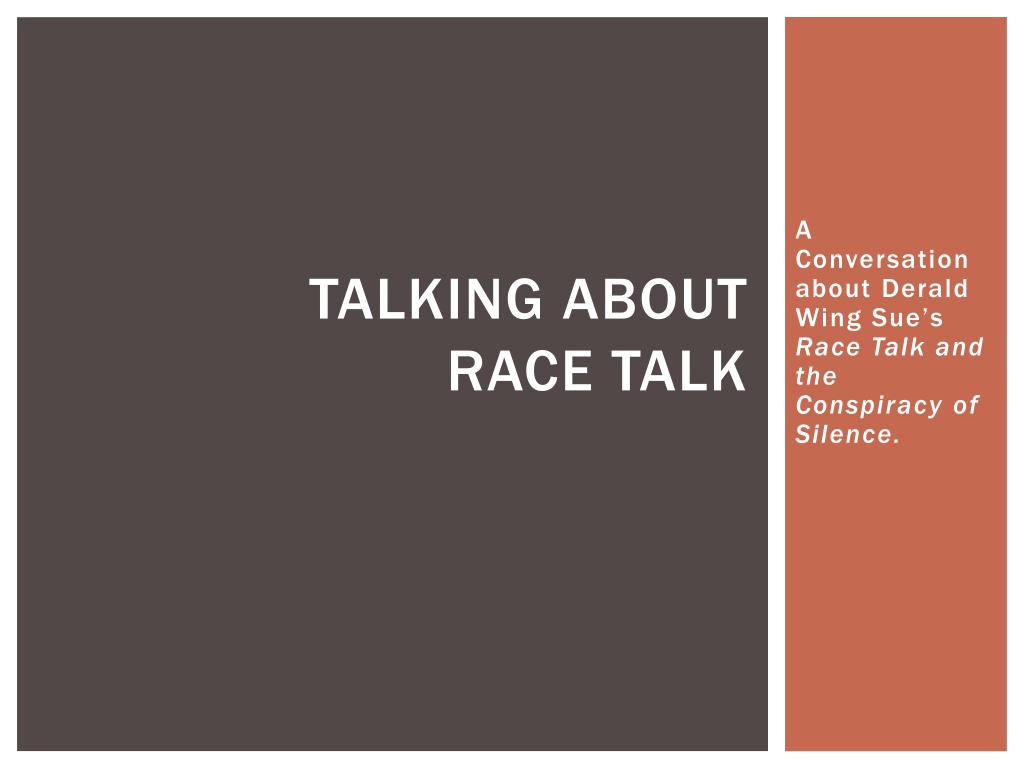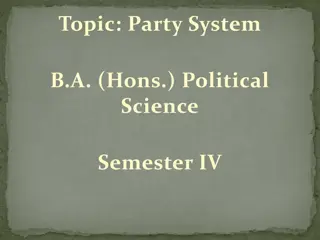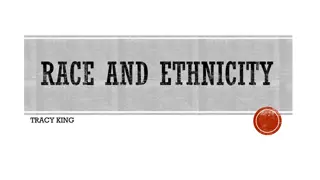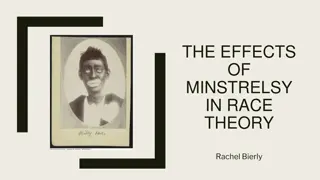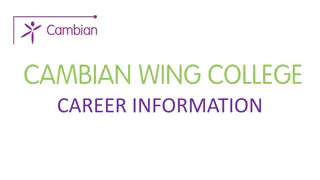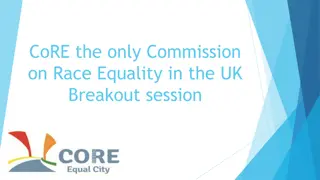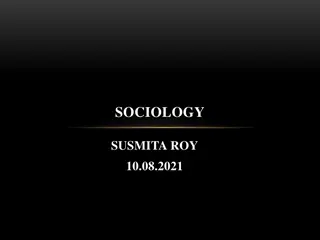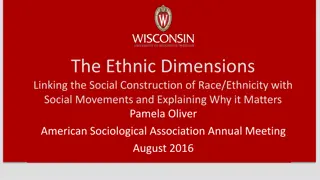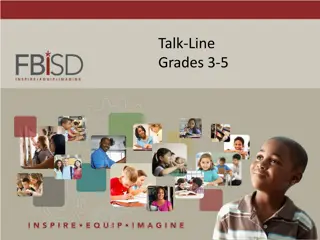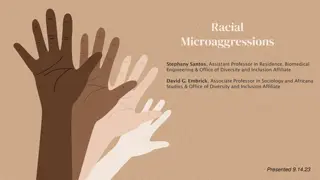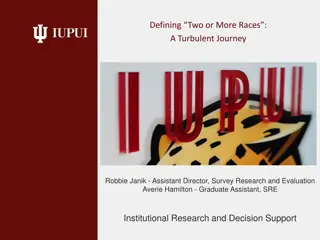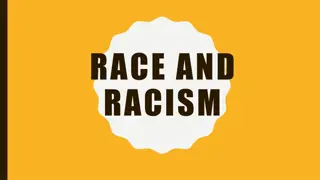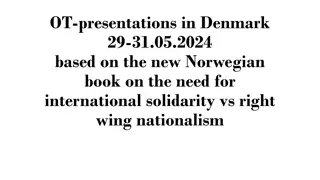Understanding Race Talk: Derald Wing Sue's Insights
Derald Wing Sue's book delves into the challenges of discussing race in the US, uncovering the reasons behind the difficulty, exploring norms of race talk, and proposing solutions for facilitating honest dialogues. The discussion highlights the clash of racial realities, emotional dynamics, and strategies to navigate uncomfortable conversations about race.
Download Presentation

Please find below an Image/Link to download the presentation.
The content on the website is provided AS IS for your information and personal use only. It may not be sold, licensed, or shared on other websites without obtaining consent from the author. Download presentation by click this link. If you encounter any issues during the download, it is possible that the publisher has removed the file from their server.
E N D
Presentation Transcript
A Conversation about Derald Wing Sue s Race Talk and the Conspiracy of Silence. TALKING ABOUT RACE TALK
DERALD WING SUE RACE TALK AND THE CONSPIRACY OF SILENCE. UNDERSTANDING AND FACILITATING DIFFICULT DIALOGUES ABOUT RACE (2015) GOALS OF THE BOOK Uncover reasons why race talk is so difficult Expose explicit and hidden rules that govern how race is discussed in contemporary US society Illuminate detrimental consequences of failures to honestly dialogue about race Outline benefits of successful conversations about race Propose solutions in overcoming obstacles to honest racial dialogues
WHY IS RACE TALK SO DIFFICULT? Race talk represents a clash of racial realities Race and emotions Race talk evokes avoidance strategies Successful race talk is crucial for increasing racial literacy
WHAT IS RACE TALK? KEY CHARACTERISTICS OF RACE TALK IN THE CLASSROOM Disinclination to participate Heightens powerful and uncomfortable emotions Participants feel their perspectives or worldviews are being challenged or invalidated As discussion becomes more uncomfortable, efforts to dilute, diminish, change, mystify or terminate the topic Such strategies experienced as microaggressions by students of color When situation seems to get out of control, white faculty often collude with white students by shutting down the conversation
NORMS OF RACE TALK Politeness Protocol Academic Protocol Colorblind Protocol
ON THE ACADEMIC PROTOCOL Emotions such as anger and frustration, for example, are disruptive to Western European classroom decorum where calm discussions filled with logic and reasoning are philosophically aspects of appropriate student and faculty behavior (Valentine et al 2012). Classrooms are political spaces, microcosms of race Classrooms are political spaces, microcosms of race relations in the broader society, and teachers relations in the broader society, and teachers represent the agents that enforce the types of represent the agents that enforce the types of interactions dictated by the norms of the learning interactions dictated by the norms of the learning environment environment (68)
WHY DO WHITE PROFESSORS SHUT DOWN DISCUSSIONS ABOUT RACE? Sue identifies four types of intersecting layers of fear that lead white faculty to terminate racial dialogues: Fear of appearing racist Fear of realizing their own racism Fear of confronting white privilege Fear of taking personal responsibility for ending racism
CONSEQUENCES OF COLORBLINDNESS Denies racialized experiences of people of color Denies existence of privilege enjoyed by whites Perpetuates a myth of meritocracy Masks or makes invisible structural inequality Sustains social hierarchy by providing cover of innocence Justifies inaction in trying to combat racial inequalities based on power and privilege
COLORBLINDNESS AND RACE TALK Race talk is frightening because it threatens to destroy the fabric of na vet and innocence that has shielded many from acknowledging their continuing roles as unintentional oppressors in a cultural context that is inherently unfair to people of color. It allows color-blind individuals to escape responsibility for taking action to end injustice, unfairness, and racism in our society (91)
WHITE PRIVILEGE Invisibility of whiteness and colorblindness two sides of the same coin Luxury of refusing identification with whiteness is itself part of white privilege While many white people accept that people of color experience life as second-class citizens, that realization does not typically lead them to acknowledge that white people are therefore necessarily advantaged, and effectively benefit from racism Confronting the reality of white supremacy and white privilege is work and it is hard takes a cognitive and emotional toll
ANTIRACISM Condemning racism is socially acceptable, doing something about it is not. Antiracism requires substantial effort. I sometimes visualize the ongoing cycle of racism as a moving walkway at the airport. Active racist behavior is equivalent to walking fast on the conveyer belt. The person engaged in active racist behavior has identified with the ideology of white supremacy and is moving with it. Passive racist behavior is equivalent to standing still on the walkway. No overt effort is being made, but the conveyor belt moves the bystanders along to the same destination as those who are actively walking. Some of the bystanders may feel the motion of the conveyor belt, see the active racists ahead of them, and choose to turn around, unwilling to go to the same destination as the White supremacists. But unless they are walking actively in the opposite direction at a speed faster than the conveyor belt, unless they are actively antiracist they will find themselves carried along with the others (cited on 186)
MAKING RACE TALK EASIER Two personal transformations that make race talk easier: Developing a non-racist identity, which for whites, according to Sue, means developing a white racial identity (owning their own privilege and biases) Becoming antiracist, starting with breaking the silence on racism
11 STRATEGIES FOR TEACHERS AND FACILITATORS Understand your own racial/cultural identity Acknowledge and be open about one s own racial biases Be comfortable Understand the meaning of emotions Validate and Facilitate Discussion of Feelings Control process not the content of race talk Unmask difficulty of dialogue through process observations Don t allow difficult dialogues to be brewed in silence Understanding differences in communication styles Forewarn, plan and purposefully integrate race talk Validate, encourage, and express admiration to students who speak when it is unsafe to do so
STOPPING THE CONVEYOR BELT, OR LIVING AN ANTIRACIST LIFE Steps to become antiracist: Search out information on everyday lived experience of people of color Seek out interracial relationships Become open to race talk with people of color Express positive racial messages to family, friends and coworkers Stand against racist jokes Join/form community or professional groups that work on behalf of multiculturalism, diversity and antiracism Plan, coordinate, or attend antiracism forums with others Vote for candidates who share your views Support public policies that increase access and opportunity for all Advocate for multicultural curriculum in schools
TAKE-AWAY POINTS Facilitating successful conversations about race and racism goes a very long way in working toward racial justice These conversations prerequisite for real change Empowering for us as educators
